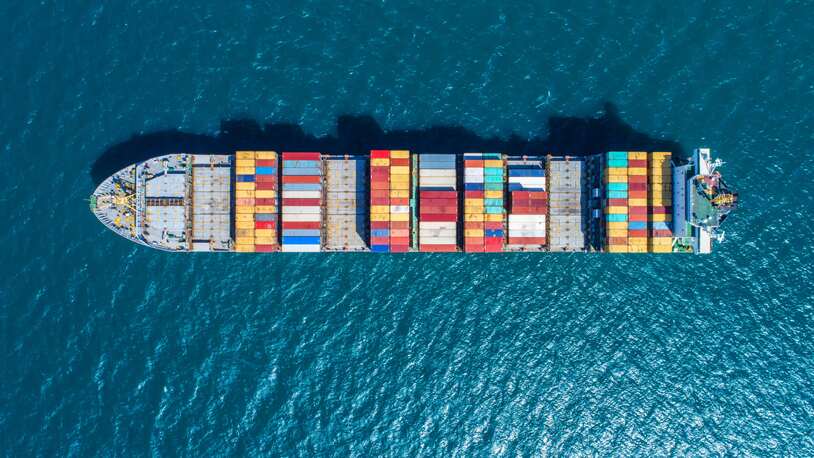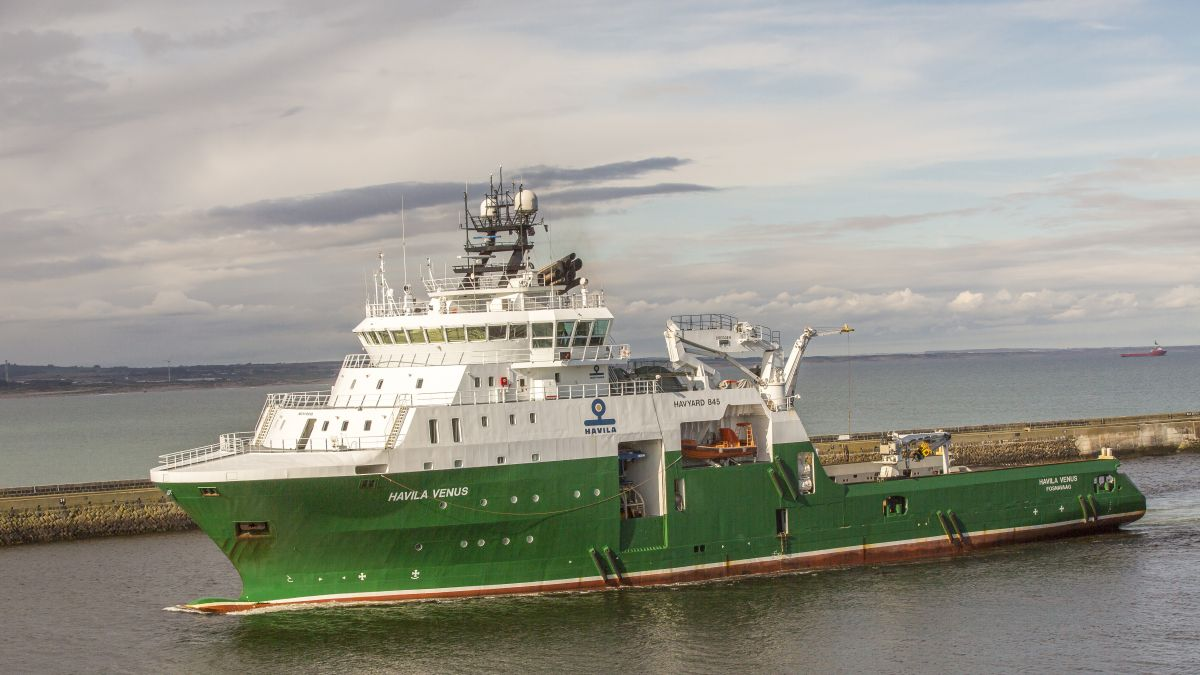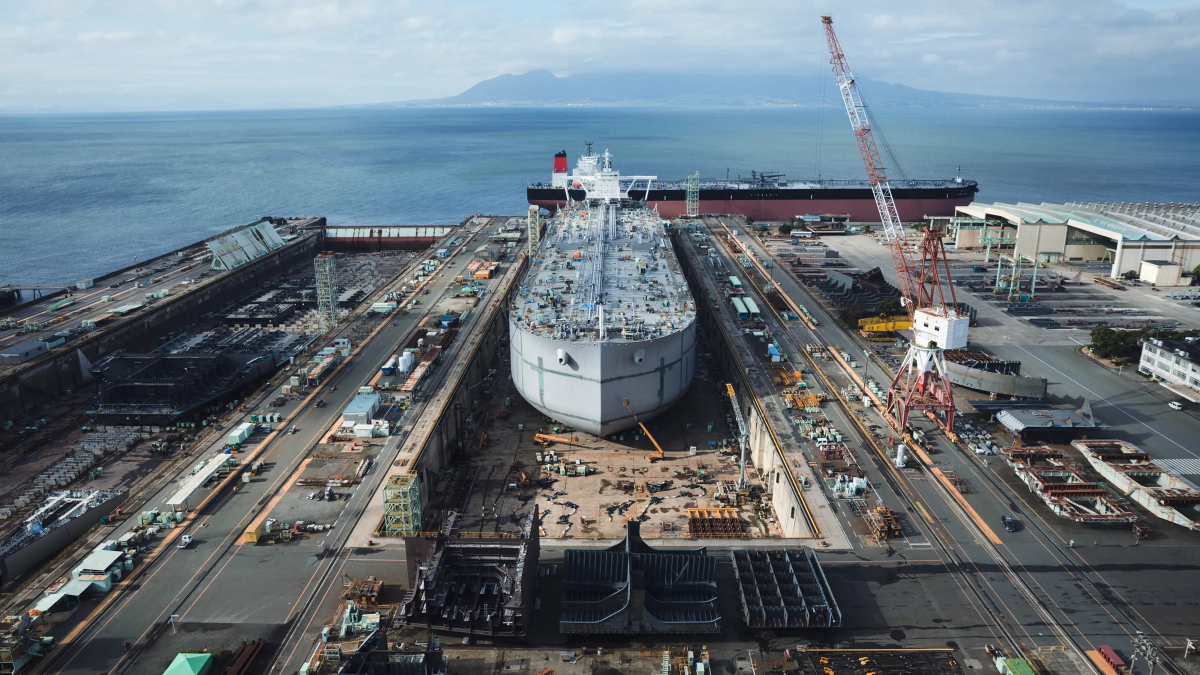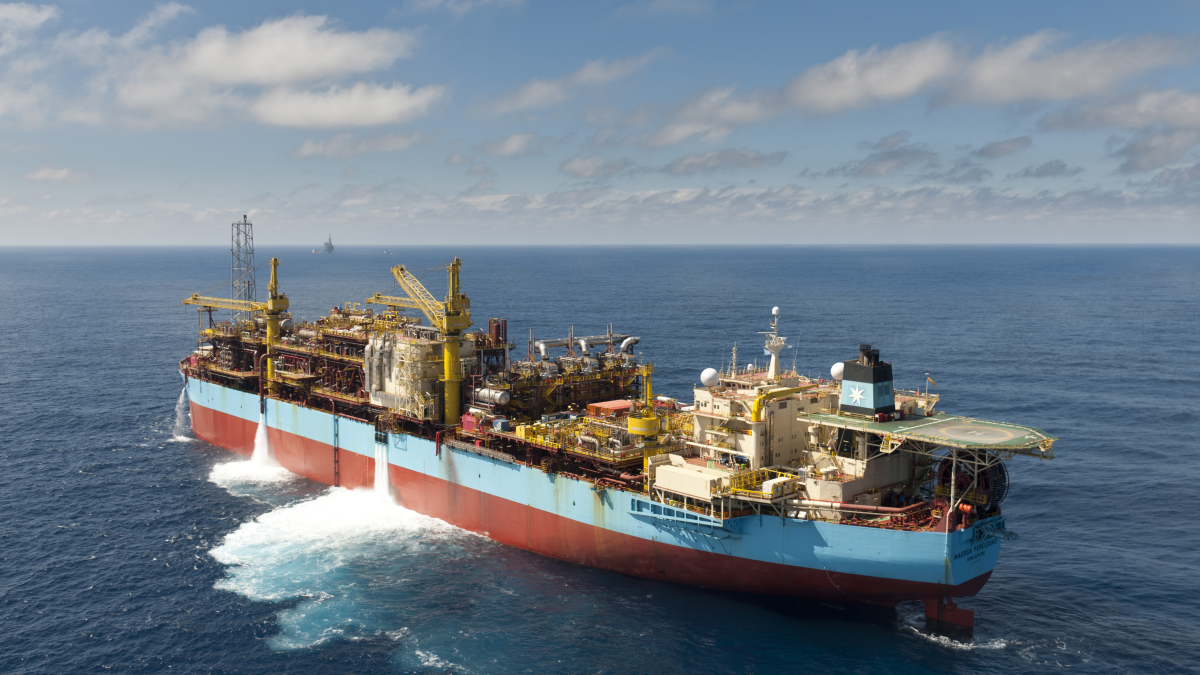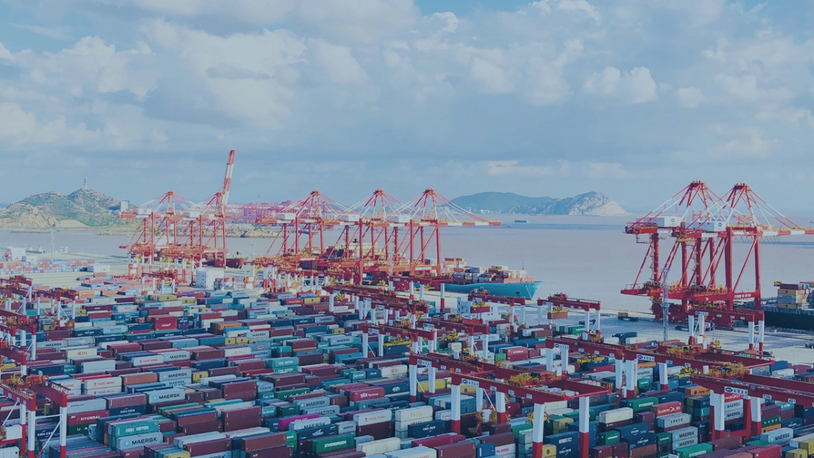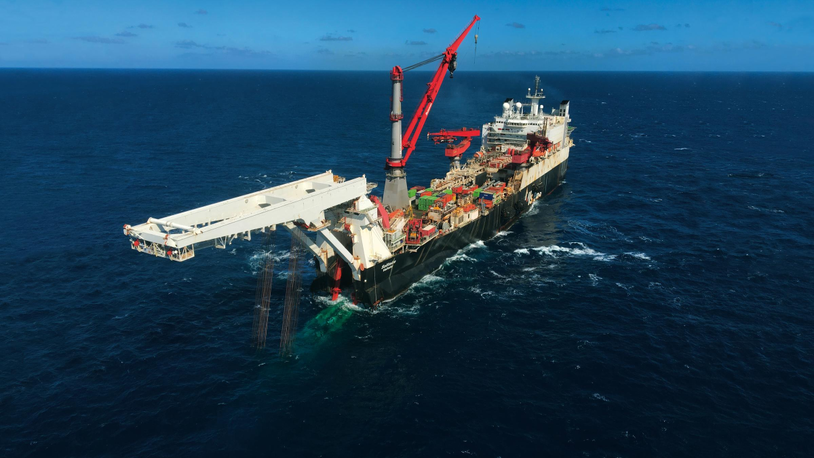Business Sectors
Contents
Register to read more articles.
North Sea platform supply vessel market “on fire”
A real recovery is underway in the North Sea, with spot rates hitting 88% for medium-sized platform vessels and rates up for all major OSV classes
Charterers paid 88% more for medium-sized platform supply vessels (PSVs) than they did one year earlier in April, in a clear signal of an improving (and tightening) North Sea OSV market. One leading ship broker said the spot market for PSVs in April was “on fire”.
PSVs operating in the UK North Sea spot market are being fixed at rates that owners have not seen in three years, with larger units 51% more than 2021.
Average spot rates for medium-sized (with clear deck areas of <900 m2) PSVs were £14,547 in April 2022, up from £7,755 a year earlier. Large PSVs (>900 m2) averaged £15,869 in April 2022, up from £10,496 in April 2021, according to the latest monthly report from Seabrokers.
Noting the improved fortunes for PSV owners, the ship broker said: “Average fixture rates for March and April were higher than they have been at any point since mid-2019, with owners looking towards the summer season with an expectation that the higher rates will continue for the foreseeable future.”
In the UK North Sea, some charterers were fortunate enough to fix a PSV for less than £10,000 (US$12,540), but the majority of contracts came in with at rates of £13,000 to £17,500 (US$16,300 to US$21,955). Seabrokers said: “There have been several periods lately where some owners have been offering vessels north of £20,000 (US$25,075) per day,” adding, “It has been a similar story in Norway. The vast majority of spot fixtures in April were entered into with rates ranging from Nrk65,000 to Nrk225,000 (US$17,530 to US$23,915).

The jump in spot rates also reflects a tightening of the market, with utilisation for medium-sized PSVs rising to 79% in April, up 13% month-on-month (m-o-m), while large PSVs hit a healthy 84%, up from 78% in March.
The rise in vessel utilisation has followed increased drilling rig activity in the sector. Drill rig utilisation touched 71% in northwest Europe in April 2022, up from 54.7% a year earlier.
Fearnleys characterised the anchor-handling tug supply (AHTS) vessel market as “slow” in the region, but noted “the PSV market has been really on fire … with charterers scrambling to secure vessels ahead of the summer season” in the UK North Sea.
It is even tighter in Norway, noted the ship broker, where PSVS in the Norwegian sector are “completely sold out, and there are only a few vessels that are set to come available during the next weeks. Major charterers have therefore looked to AHTS tonnage when in need of cargo runs with prompt commencement.”
“The PSV market has been really on fire … with charterers scrambling to secure vessels”
Seabrokers, too, noted this trend, saying: “There were quite a few examples in April of AHTS units being fixed up on spot contracts to perform supply duties.”
The additional opportunities for AHTS vessels are welcome news to owners, who have seen depressed rates and utilisation for their tonnage. Medium AHTS vessels saw utilisation drop 18% m-o-m to 45% in April. Demand for large AHTS units was not much better, down 21% m-o-m to 53%, reported Seabrokers.
This drop off in rates in the AHTS spot market in mid-April was the result of “next to none” rig move requirements, according to Fearnleys.
“As a result, the average reported day rates in Norway have fallen significantly, with a decrease of about 60% in the last five weeks,” said the ship broker.
A similar story played out in the UK sector of the North Sea, though Fearnleys said two recently reactivated vessels are already working.
Still, average day rates for all classes of PSVs and AHTSs have been trending higher in the first four months of 2022 as compared with 2021, reported Seabrokers. The biggest percentage average rate jump this year has been in large, powerful (> 22,000 bhp) AHTS vessels, which have risen nearly 40% year-on-year to £32,419 (US$40,648)— up from £23,170 (US$29,050) in 2021.
Building backlog
One of the OSV owners benefitting from the upturn in the North Sea is Oslo-listed Solstad Offshore. In mid-April, the Norwegian owner announced charters for the PSVs Normand Tantalus, Normand Serenade, Normand Springer and Normand Arctic. Combined, the contracts have a duration of about 500 days, starting from Q2 and Q3 2022, with key operators in both UK and Norway. One of those is with Neptune UK, which fixed the PX 105 CD design PSV Normand Springer for a firm three-well contract, with an option of one additional well. The charter is expected to start in May.
ConocoPhillips Skandinavia entered into new long-term contracts for Solstad Offshore’s PSVs Normand Server, Normand Supporter and Normand Fortune that will extend their charters into 2027. These battery-hybrid-powered PSVs are fitted with shore-power connection systems and will be fully utilised to Q1 or Q2 2027. ConocoPhillips Scandinavia has chartered the vessels since 2018 to support its activities on the Norwegian continental shelf (NCS).
Solstad also fixed several of its anchor handlers that are trading on the North Sea spot market. The contracts have a combined firm utilisation of 350 days, with options. The contracts start in Q2 and Q3 2022 for work in the North Sea, US Gulf of Mexico and West Africa. Solstad Offshore noted the combined value of the firm period of these contracts was Nrk230M (US$62M).
“PSVS in the Norwegian sector are completely sold out”
“The market for offshore vessels continues to improve with strong demand from oil and gas, in addition to an increasing demand from renewable energy activity,” noted Solstad Offshore chief executive Lars Peder Solstad in discussing the company’s Q1 2022 results.
Those Q1 2022 results showed improving conditions and utilisation for Solstad vessels. On average, 78 OSVs were in operation in the quarter, with a utilisation rate of 81%. It booked Nrk2.6Bn (US$702M) in Q1 2022, increasing its firm backlog to Nrk7Bn (US$1.9Bn), with a combined firm and optional backlog reaching Nrk13.7Bn (US$3.7Bn).
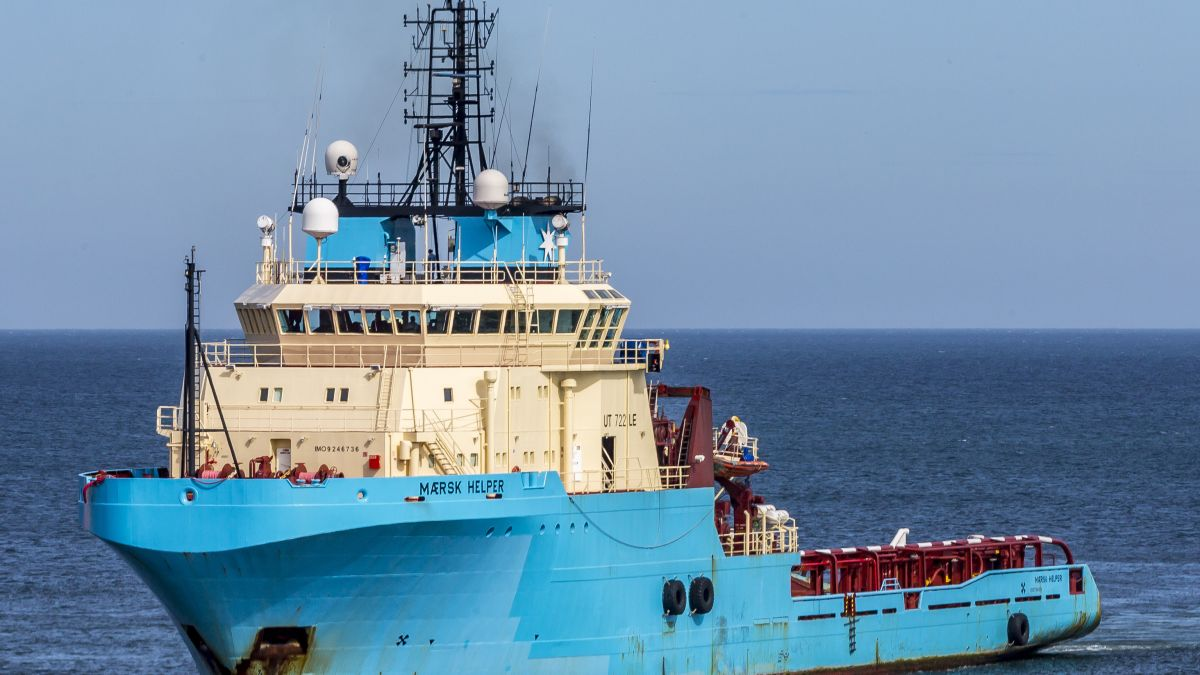
In a milestone move reducing its debt, Solstad sold the last six of 36 ‘non-strategic’ vessels from its fleet in early May. The divestments reduced Solstad’s debt by Nrk778M (US$210M).
As of April S&P activity, 40 OSVs had exchanged hands, with transactions totalling US$260M, according to VesselsValue (VV). While the number of vessel sales was significantly lower than 2021, when 72 OSVs were sold, total sales proceeds were up close to US$90M, indicating higher ship valuations and the quality of the tonnage sold.
The 4,100-dwt, 2002-built PSV Skandi Foula was sold for US$4M for conversion to a fishing vessel, while the 8,160-bhp, 2010-built AHTS MMA Chieftain was bought for US$3.5M, noted VV.
Boskalis reported it has acquired Norshore Atlantic, a multipurpose DP3 construction support vessel (CSV). Built in 2014, the CSV will be deployed in southeast Asia for a wide range of offshore operations, said Boskalis in a social media post. It is equipped with a 140-t active heave compensated crane, deck space of 1,405 m2, a helideck and offers accommodation for 98.
The vessel has been renamed BOKA Atlantic and will be fitted with a work-class ROV, with an option for a second one.
| North Sea spot average utilisation rates | ||||||
| Vessel type | Apr-22 | Mar-22 | Feb-22 | Jan-22 | Dec-21 | Nov-21 |
| Medium PSV | 79% | 66% | 67% | 62% | 64% | 83% |
| Large PSV | 84% | 78% | 63% | 62% | 70% | 79% |
| Medium AHTS | 45% | 63% | 47% | 51% | 46% | 52% |
| Large AHTS | 52% | 73% | 48% | 31% | 49% | 57% |
| Source: Seabrokers | ||||||
Maersk recycles trio
As of the end of April, VV reported nine OSVs valued at US$9M were sold for scrap. This level demolition is still below the last two years, when 12 and 17 OSVs were sold for recycling in 2020 and 2021, respectively. Demolition sales for those years were valued at US$7M and US$14M. Based on analysis of AIS data, VV estimated the number of OSVs laid up was just 66 and offshore construction vessels, 16. Overall, 538 OSVs and 219 OCVs were active in northwest Europe, with utilisation rates for OSVs reported as 84% and 93% for OCVs.
In a move reported in early May, Maersk Supply Service sold three of its older vessels that had been laid up in Fredericia, Denmark.
The three OSVs are 2002-built AHTS vessel Maersk Helper, subsea support vessels Maersk Attender (built in 2000) and Maersk Winner (built in 2003). The three OSVs will be towed to Fornaes Ship Recycling yard in Grenå for green recycling. Maersk Helper had been laid-up the longest of the three, almost five years, according to Equasis.
“Some vessel types might be in shortage already in 2022”
“Maersk Supply Service regularly evaluates its fleet composition and the future deployment of our fleet,” said Maersk Supply Service chief operating officer Mark Handin. “As we look to prioritise capital allocation, we see many more attractive investment opportunities, which better deserve our focus. Based on this, we have concluded that recycling these three assets is the best outcome. In so doing, we continue to take active steps towards right-sizing the supply side of the market, which the OSV industry needs for a sustainable recovery,” added Mr Handin.
After the sale, Maersk Supply Service will have 38 vessels in its fleet.
Limited new OSVs
Global demand for offshore vessels continues to improve. “Due to limited new supply vessels, supply/demand balance is tightening,” noted Solstad. It expects continued high tendering activity from all offshore energy segments, while it noted some vessel types might be in shortage already in 2022.
Not including fast supply vessels, crew boats or PSVs under 300 dwt, there has been no OSV newbuilds ordered, according to VV. As of April 2021, the UK-based ship valuation firm reported two OSVs had been ordered from shipyards, down from four in 2020.
Offshore wind opportunities
Offshore wind will continue to be a strong driver of vessel demand in the North Sea over the next decade, according to Clarksons Research.
“Our projections suggest the UK will remain Europe’s largest offshore wind market through 2030, with capacity projected to quadruple to 42.7 GW,” said Clarksons Research managing director Steve Gordon.
Recent government plans to accelerate the permitting process now have the UK targeting 50 GW by 2030.
The ship broker said capacity expansion in the UK through 2030 will be underpinned by the southern North Sea projected to reach 24.2 GW, and Scotland projected to reach 12.8 GW, accounting for 30% of UK capacity.
Meanwhile, the Celtic Sea is set to see a significant build-out of floating offshore wind capacity towards the end of the decade, reaching 1.1 GW of floating capacity by 2030.
In the NCS, floating offshore wind is a developing source of utilisation for AHTS vessels. DOF Subsea chartered four AHTS vessels, Skandi Iceman, Normand Sirius, Havila Venus and BB Octopus, for a firm period of 55 days starting in May at the Hywind Tampen project.
Related to this Story
Events
International Bulk Shipping Conference 2025
Tankers 2030 Conference
Maritime Navigation Innovation Webinar Week
© 2024 Riviera Maritime Media Ltd.

